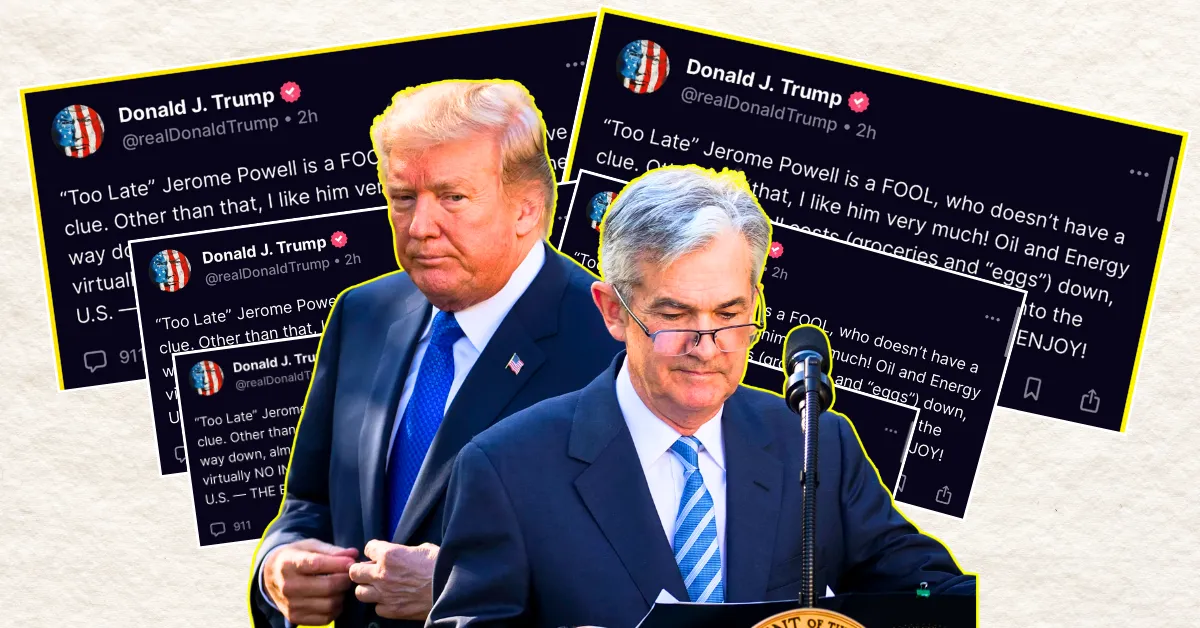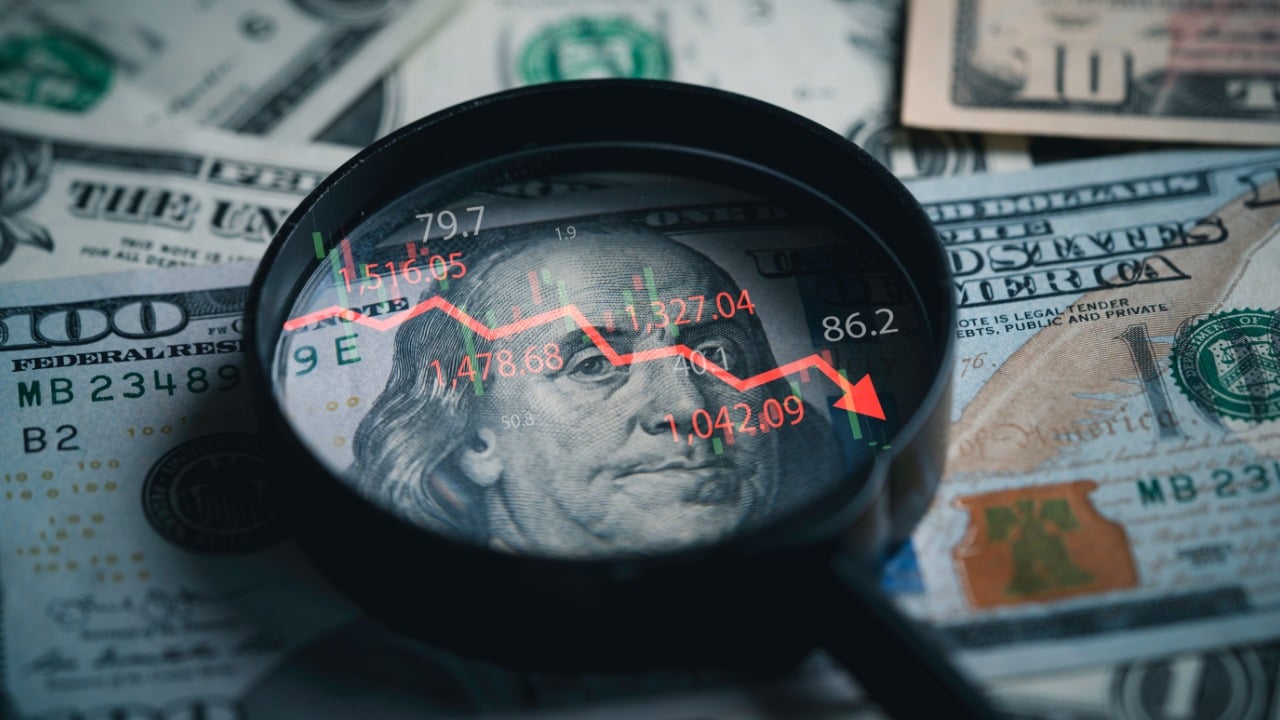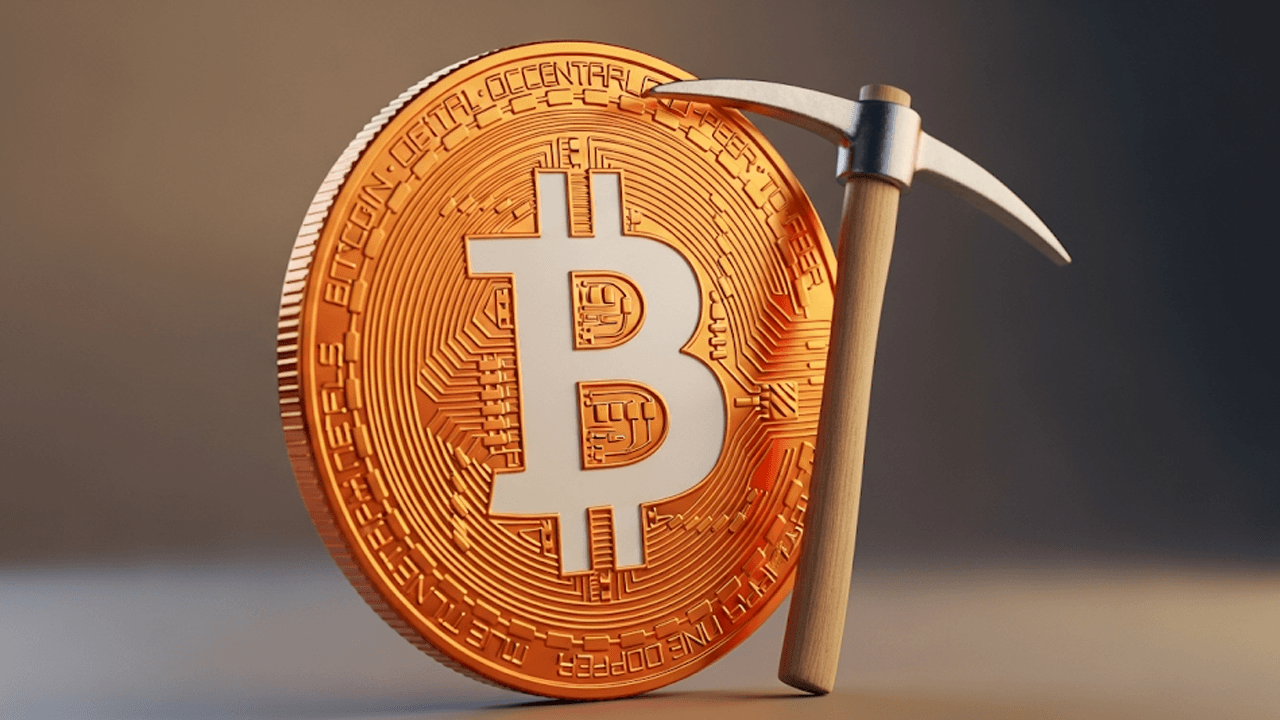The escalating tension between President Donald Trump and Federal Reserve Chair Jerome Powell has become a focal point in the intersection of politics and economics, raising critical questions about the independence of the U.S. central bank and the future of monetary policy. Trump’s persistent calls for Powell’s resignation, threats of replacement, and criticism over interest rate decisions are not merely political posturing but reflect deep-seated disagreements over economic strategy in a fragile economic environment.
The Role of the Federal Reserve and Jerome Powell’s Leadership
The Federal Reserve (Fed) plays a crucial role in shaping the U.S. economy by regulating monetary policy, primarily through adjusting interest rates to balance inflation and employment. Jerome Powell, appointed as Fed Chair by Trump in 2018, has adopted a cautious approach to rate adjustments amid fluctuating economic indicators. His tenure has been marked by contentious decisions, such as maintaining steady rates despite pressure to cut them, reflecting the Fed’s mandate to prioritize price stability and sustainable growth over political influence.
Powell’s leadership has been tested by economic volatility, including periods of high inflation and uncertain growth signals. The Fed’s recent restraint, despite strong job data and inflation briefly exceeding targets, underscores the complexity of current economic conditions. Powell’s approach has been to navigate a delicate balance, avoiding both the risks of premature rate cuts that could reignite inflation and the dangers of delaying cuts that might stifle economic growth.
Trump’s Criticism and Push for Leadership Change
President Trump has been vocal about his dissatisfaction with Powell’s policies, particularly criticizing the pace and timing of interest rate cuts. Trump and his allies argue that higher interest rates could hinder economic growth and job creation. Reports suggest that Trump has identified potential replacements for Powell, signaling his readiness to push for a leadership change. However, this conflict extends beyond policy disagreements into the legal and institutional challenges of removing a Fed Chair.
Historically, the Fed has been designed to operate independently of political pressure to maintain market confidence. While the President can appoint the Fed Chair with Senate confirmation, removing a sitting Chair before the end of their term is a legally complex and unprecedented move. Legal experts emphasize that the Fed Chair can only be removed “for cause,” typically interpreted as malfeasance or incapacity, rather than policy disagreements. Powell has reportedly indicated his willingness to resist any forced removal, highlighting the high stakes involved.
Market and Economic Implications of the Trump-Powell Clash
The ongoing tension between Trump and Powell has introduced volatility into financial markets. The speculation surrounding potential leadership changes has influenced asset prices, with the U.S. dollar weakening and Treasury yields declining amid expectations of an earlier-than-expected rate cut. Equity markets have also reacted to policy signals and political rhetoric, reflecting investor uncertainty.
For investors and the broader economy, the critical risk lies in the perceived erosion of the Fed’s independence. If the Fed yields to political pressure and shifts policy prematurely, it could undermine long-term confidence in U.S. economic management. This could destabilize inflation expectations and investment climates, potentially leading to broader economic instability. The Fed’s independence is a cornerstone of U.S. economic policy, and any perceived compromise could have far-reaching consequences.
Legal and Institutional Constraints on Firing a Fed Chair
The legal framework surrounding the removal of a Fed Chair is designed to protect the institution’s independence. The Fed Chair serves a four-year term and can only be removed for specific causes, such as malfeasance or incapacity. Attempts to dismiss a sitting Chair without conventional cause would not only face legal challenges but could provoke a constitutional crisis regarding the separation of powers and the independent function of critical institutions.
Powell’s reported willingness to resist any forced removal underscores the importance of maintaining the Fed’s independence. The legal protections in place are intended to shield the Fed from political interference, ensuring that monetary policy decisions are based on economic data rather than political expediency. Any attempt to circumvent these protections could have serious implications for the Fed’s credibility and the stability of the U.S. economy.
Toward a Resolution: What Might Come Next?
With Powell’s term set to end in early 2026, the focus may shift to whether President Trump will wait for a natural transition or intensify efforts to install his preferred candidates earlier. The debate reveals broader questions about the balance between economic expertise and political control in the U.S. system. The coming months will be critical as markets and policymakers assess evolving inflation and employment data.
The broader economic context remains uncertain, with inflation overshooting targets and mixed signals in employment data. The Fed is navigating a “knife’s edge” economy where premature rate cuts could risk reigniting inflation, while delaying cuts may slow growth. Against this backdrop, the leadership stability of the Fed is more than symbolic; it is vital to effective economic stewardship.
Conclusion: Navigating Uncertainty in Fed Leadership Amid Political Pressure
The ongoing conflict between President Trump and Jerome Powell encapsulates a high-stakes battle over the direction of U.S. monetary policy amid a delicate economic landscape. Trump’s push to replace Powell reflects a broader politicization of economic governance, but entrenched legal protections and institutional norms underscore the Fed’s independence as a central pillar of U.S. economic stability.
As markets react and policymakers assess evolving inflation and employment data, the coming months will be a critical period for U.S. monetary policy. Whether Powell remains at the helm or is replaced, the central challenge will be maintaining credibility and stability in an increasingly turbulent economic and political environment. This episode serves as a vivid reminder that monetary leadership is not only about managing numbers but also about weathering political storms without losing sight of long-term economic health.





